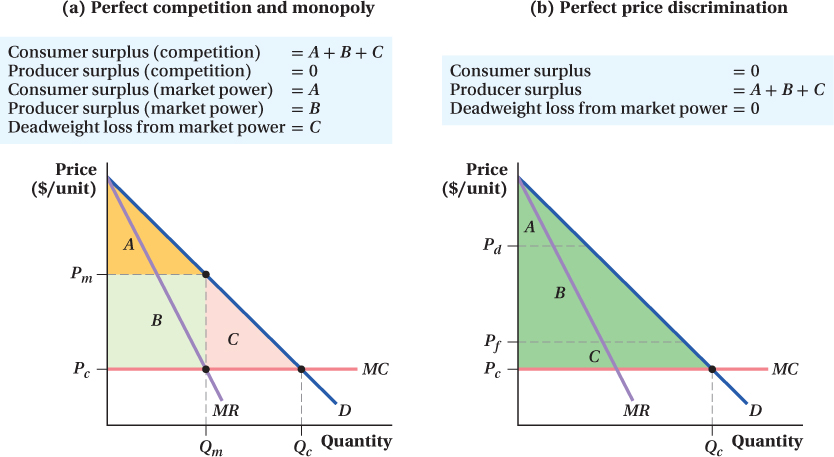
Figure 10.2 Perfect (First- Degree) Price Discrimination
(a) A competitive market will set price equal to marginal cost, producing Qc and selling at a price of Pc. Consumers will receive a consumer surplus equal to A + B + C and the firm will earn zero producer surplus. A singl(b) If a firm with market power can identify each customer’s demand curve, then it will charge each customer her willingness to pay and capture the entire surplus, A + B + C. For example, the firm will charge a customer willing to pay Pd exactly the price Pd and a customer willing to pay Pf the price Pf. The firm will sell up to the quantity Qc, the perfectly competitive quantity where Pc = MC. There is no deadweight loss when a firm practices perfect price discrimination.